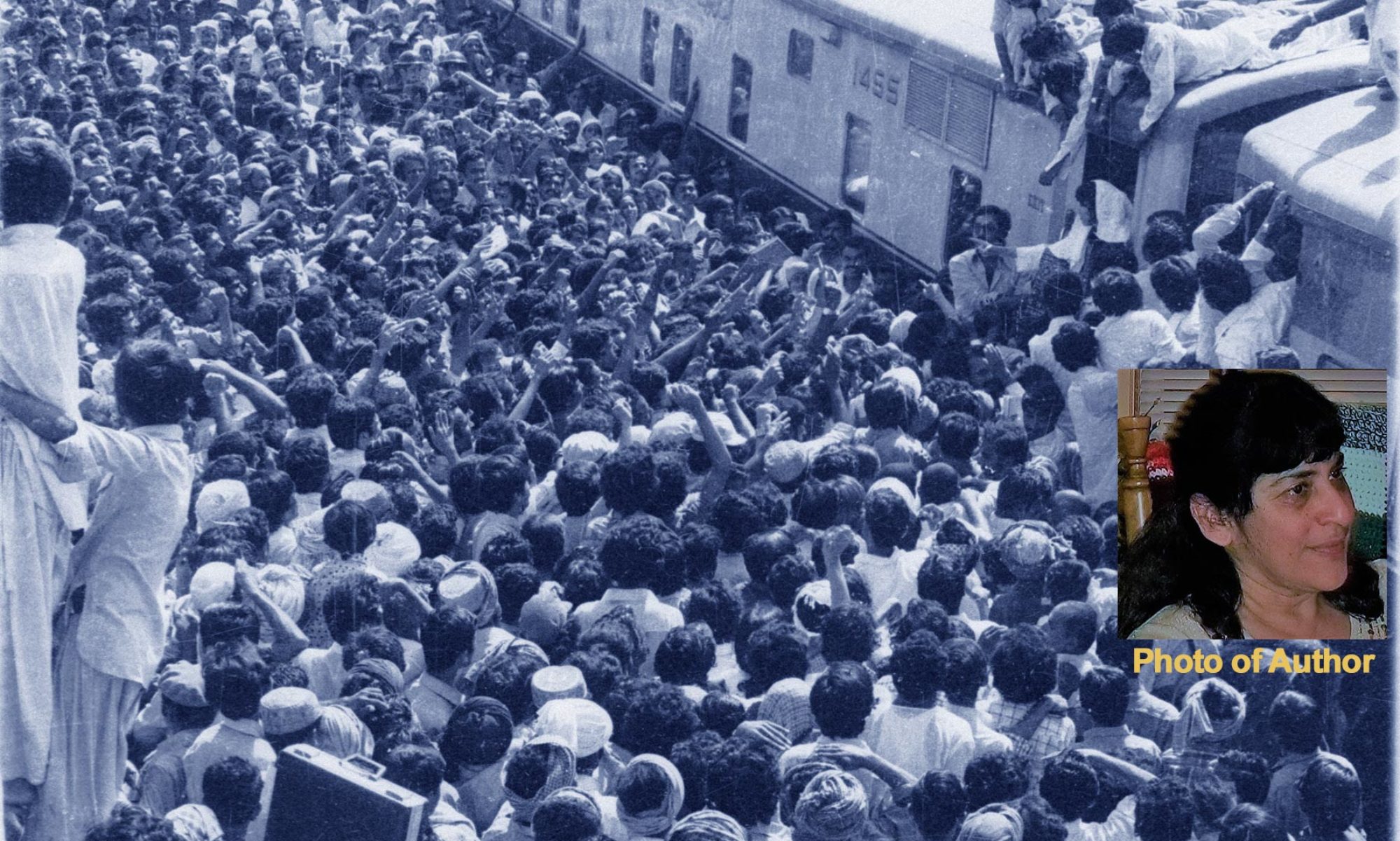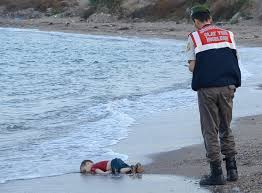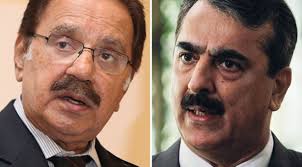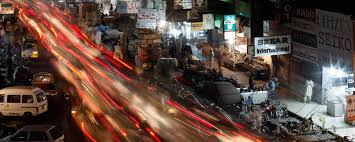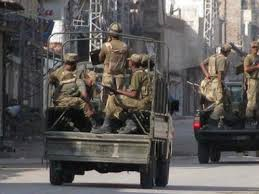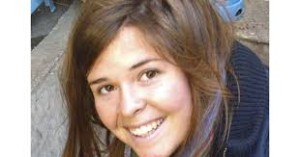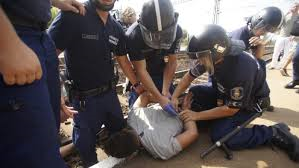
(Credit: news.vice.com)
BRUSSELS, Sept 4 — The European Union’s sharpening divisions over a spiraling refugee crisis broke into the open Thursday with two leaders strongly disagreeing in public over whether the asylum-seekers were threatening “Europe’s Christian roots.”
That was the language used by Hungarian Prime Minister Viktor Orban as he warned Europe against allowing in mostly Muslim families. A day after a drowned Syrian toddler washed up on the Turkish coast, another European leader retorted that Christian values demanded helping the less fortunate.
The furious exchange — a rare breach of the E.U.’s buttoned-down decorum — came as Hungarian authorities apparently laid a trap for thousands of asylum-seekers who had packed Budapest’s central train station after days of worsening conditions outside the station. Police had blocked them from entering the station for days but allowed them in early Thursday.
But a refugee-packed train apparently bound for the Austrian border came to a halt just west of Budapest, in a small town where dozens of police officers were waiting on the platform. They tried to force people off the train to take them to a migrant-processing center, threatening their chances to make it onward to Western Europe.
By day’s end, there was a standoff, with the packed train surrounded by police and the migrants refusing to budge. Some of the passengers received medical treatment on the platform.
Orban, Hungary’s nationalist leader who has spearheaded attempts to turn back the migrants, said Thursday that he had little choice but to seal his nation’s border with razor wire, soldiers and a high fence.
“We Hungarians are full of fear, people in Europe are full of fear, because we see that the European leaders, among them the prime ministers, are not able to control the situation,” he said in Brussels in a raw joint appearance with European Parliament President Martin Schulz. Orban and Schulz, a veteran politician from Germany, made no attempt to paper over their differences or their distaste for each other.
The Hungarian leader blamed Germany for the crisis, saying that its open-door policy toward Syrian asylum-seekers was propelling a wave of migrants to undertake dangerous journeys toward Europe’s heart. Germany expects 800,000 asylum-seekers this year, and it has said that it does not plan to turn away Syrians.
“The moral, human thing is to make clear: ‘Please don’t come. Why do you have to go from Turkey to Europe? Turkey is a safe country. Stay there. It’s risky to come,’ ” Orban said.
Hundreds of thousands of people fleeing war in Syria, Iraq and Afghanistan have overwhelmed Europe’s capacity to respond in recent months, opening stark divisions. Some leaders believe that the world’s largest economic bloc — a vast territory of 503 million residents — is more than capable of accommodating refugees. Others, including Hungary’s Orban, believe the continent’s population is in a far more delicate state.
The divisions could threaten some of the most basic tenets of the E.U., an alliance built on the ashes of World War II in a bid never again to allow such destruction. German Chancellor Angela Merkel said this week that a Europe with no internal borders — a key achievement of European unification — could be in question if no solution to the refugee crisis is found.
Schulz called Orban’s approach “wrong.”
He warned that the splits emerging during the refugee crisis could do lasting damage to the 28-nation alliance, which was founded on a spirit of consensus and burden-sharing.
“This is a crucial moment for the European Union,” Schulz said. “A deeper split of the union is a risk we cannot exclude.”
Orban’s fears are shared by many Eastern European nations, which have pushed hard against any attempt to require them to take in asylum-seekers. Slovakia has said it will accept only Christians. In Estonia, where fewer than 100 migrants have been resettled, police on Thursday were investigating a suspicious early-morning fire at a dormitory that was housing victims of Syria’s war.
[Britain takes in so few refugees from Syria they would fit on a subway train]
But the concerns also extend to Britain. There, fewer Syrians than would fit in a London subway train have been accepted this year. British media reported Thursday that Prime Minister David Cameron would soon announce plans to take in “thousands” more Syrian refugees, a striking turnaround for a leader who a day earlier had said that the answer to the crisis was not simply taking in “more and more” refugees.
Elsewhere in Europe, the refusals brought mounting anger from leaders who are more sympathetic to the growing crowds of asylum-seekers.
“For a Christian, it shouldn’t matter what race, religion and nationality the person in need represents,” European Council President Donald Tusk said Thursday, launching into Orban before the two met in Brussels. Tusk, a former prime minister of Poland, proposed resettling at least 100,000 refugees across Europe.
In France, President François Hollande said the death of the toddler is “a tragedy, but it’s also a call to the European conscience. Europe is made of values and principles.” Images of the child’s body lying facedown and partly in the water on a Turkish beach evoked consternation around the world.
Hollande said he had just reached an agreement with Germany on a proposal for mandatory quotas to more equitably spread refugees across the E.U. Some European countries “are not shouldering their moral obligations,” he said.
Merkel, meanwhile, said she understood that not every nation was prepared to take on as large a burden as her country was doing. But she said it was impossible for Germany, Sweden and Austria alone to continue taking in the vast majority of the incoming asylum-seekers.
“The Geneva Convention does not apply only to Germany but also to every state,” she said, referring to the international treaty that requires countries to take in refugees of war.
Orban has vowed to seal Hungary’s borders by Sept. 15, empowered by emergency measures expected to be approved by the country’s parliament in the coming days. The measures would give authorities broad powers to crack down on illegal migration.
Outside Budapest’s elegant stone-and-glass-fronted station Thursday evening, people living in tents and atop worn woolen blankets sprawled across a vast public plaza and into an adjacent subway concourse. Tourists carrying frame backpacks slipped into the station entrance past women cradling babies, men pacing anxiously and children arguing over the few available toys.
Refugees expressed a keen awareness that Hungary does not want them — and said the feeling is mutual.
“Hungary is a poor country. They can’t give us the life we’re looking for. They can’t even give us food or water,” said Yahya Lababidi, a tank-top-wearing 21-year-old law student from the northern Syrian province of Idlib. “We want to go to the rich countries.”
Lababidi said he had been traveling for a month, passing along “the usual route” — through Turkey, Greece, Macedonia and Serbia — with a plan ultimately to settle in the Netherlands. But he said that when he tried to enter the train station in Budapest five days earlier, police officers barred his path. Since then, he’s been sleeping on the cold stone of the plaza.
“I escaped from war,” he said. “I thought things would be better than this.”
Hungarian leaders “have done all they can to stir up popular sentiment against immigrants and refugees,” said Marta Pardavi, a co-chair of the Hungarian Helsinki Committee, a group that offers legal advice to asylum-seekers. “This has become a totally divided issue. Friendships break up over this.”
Critics of the European response said the continent’s 20th-century history of dictatorships and wars should instill in it more sympathy for others in need.
“We are facing a historical moment, perhaps one of the biggest the E.U. has had to face over the last couple of decades,” said Yves Pascouau, director of migration and mobility policies at the Brussels-based European Policy Center. “European citizens have fled dictatorships and wars. This is a part of our history. We’ve been able to be protected elsewhere in our countries.”
Witte reported from Budapest. Karla Adam in London contributed to this report.
